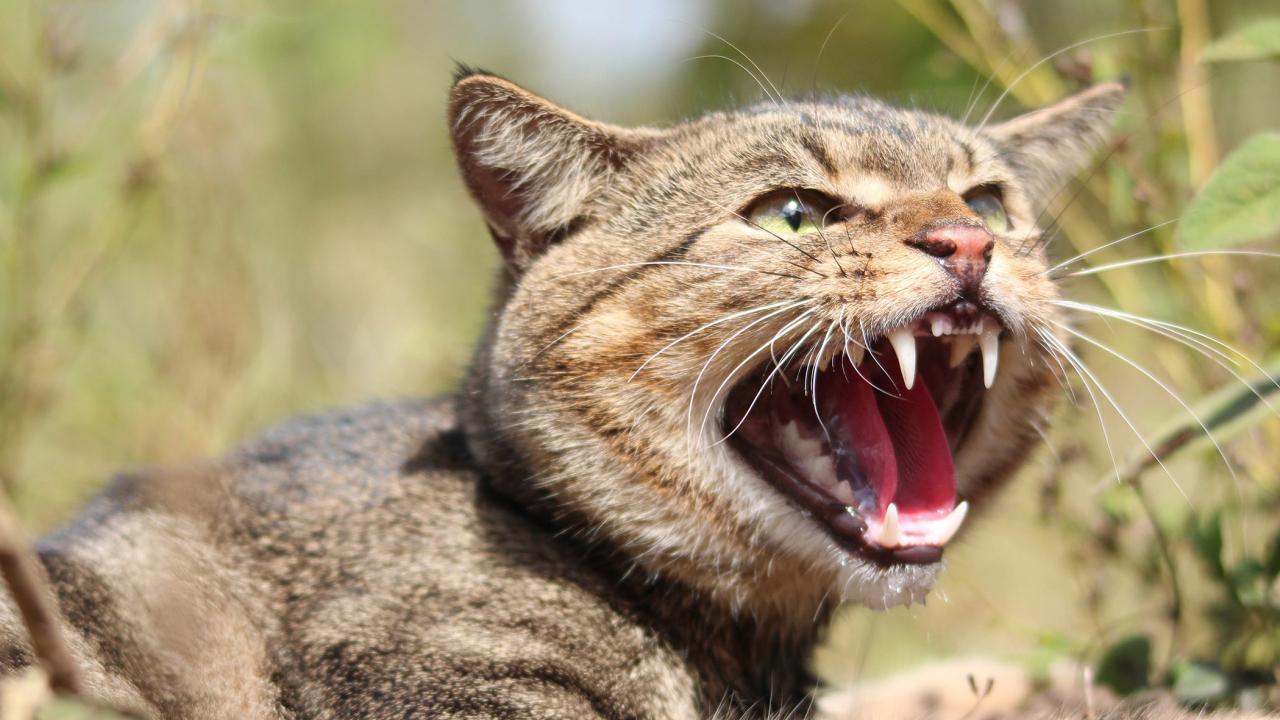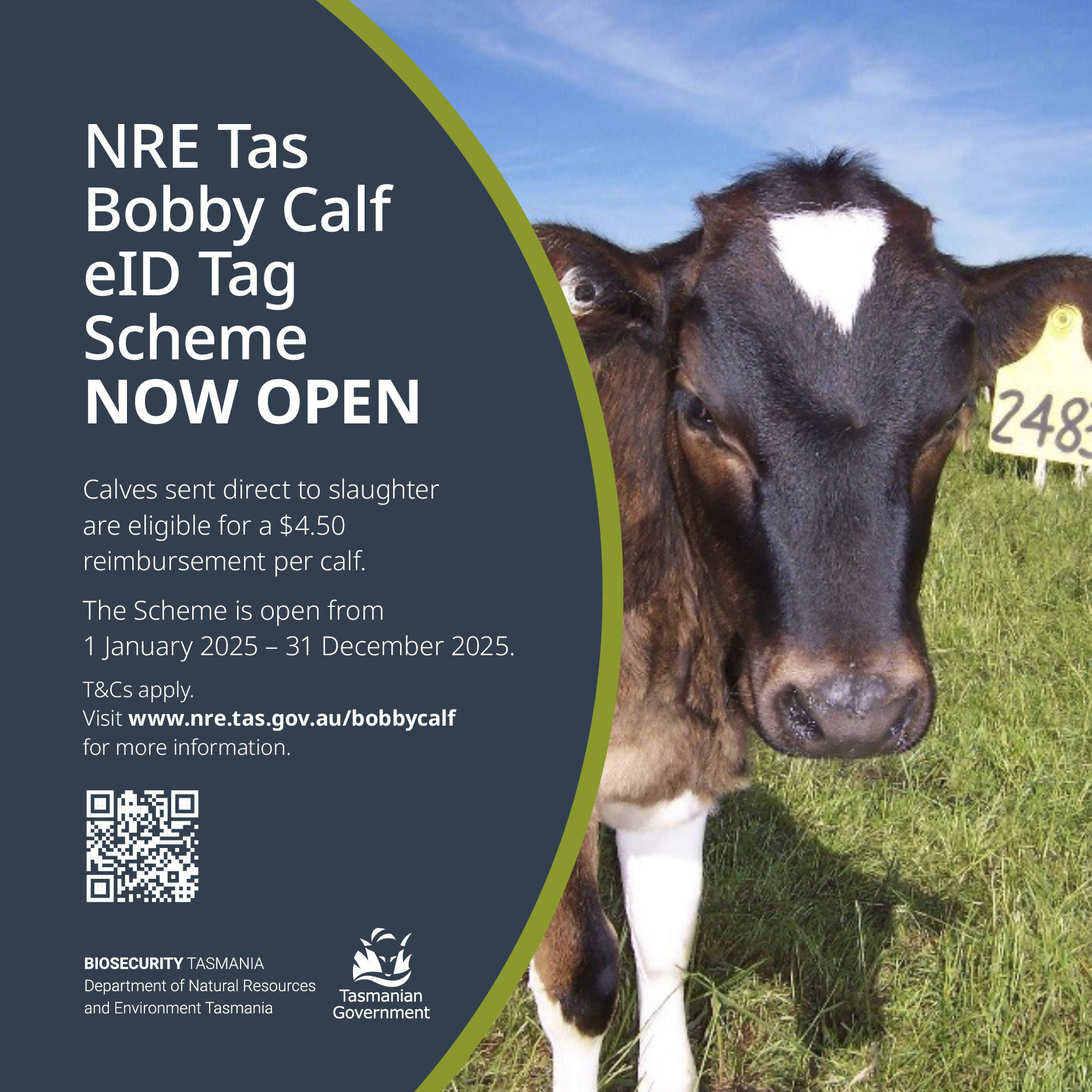Hi-tech move in $60m war on feral cats

NEW technology will play a key role in a plan to tackle the country’s feral cat problem.
The Federal Government has announced $60 million in funding for 55 projects to reduce the number of feral cats in the Australian landscape.
The Government says it is also currently considering extensive feedback on the draft Feral Cat Threat Abatement Plan, due out later this year.
The plan sets new goals, including to make sure feral cats do not endanger native species that are not currently threatened.
As part of the plan, projects will be specifically focused on feral cats but will also encourage responsible ownership of pet cats, for the benefit of pet cats and wildlife.
Every year in Australia, feral cats kill more than 1.5 billion native mammals, birds, reptiles and frogs, and 1.1 billion invertebrates or around seven million each day.
They also spread diseases including toxoplasmosis which has a significant impact on the sheep industry in Tasmania.
Feral cats have contributed to two thirds of Australia’s mammal extinctions and threaten over 200 threatened species.
Some of the projects being funded include using an AI-supported ‘cat audio deterrent’ that emits high-pitched sounds to create a virtual fence, and a ‘humane animal net’ which traps the pest and sends an alert.
Another cat control measure is the AI-based Felixer trap – a box which uses lasers, cameras and AI to distinguish feral cats from native animals before spraying them with a toxic gel.
Researchers are now also exploring drone-based thermal cameras and eDNA technologies to track the predators.
Conservation group Thylation is trialling six high-tech conservation tools in various locations as part of a $2.1 million project.
These include technologies allowing Felixer traps to detect feral cats in extreme conditions and using AI operated gates so native animals can pass while keeping out feral cats.
They are also targeting other pests, including by testing noxious sprays, noise and light alarms around rare bird nests.
Minister for the Environment and Water, Tanya Plibersek said the Government was serious about protecting native species and tackling one of their biggest killers.
“Feral cats are dangerous and ruthless predators, pushing our threatened native species like the greater bilby, numbat, and Gilbert’s potoroo, to the brink of extinction,” she said.
“Since declaring war on feral cats, we are mobilising artificial intelligence, cat trap technology and strong community action to combat this invasive pest and safeguard Australia’s biodiversity.”
The Invasive Species Council has also called on all parties including the state governments to commit to increase funding to reduce the impact of feral and roaming pet cats on Australia’s wildlife.
Invasive Species Council Advocacy Director Jack Gough said the environmental toll from feral and roaming pet cats cannot be understated.
“By this time tomorrow, over five million native mammals, birds, reptiles and frogs will have been killed by the millions of feral and roaming pet cats in Australia,” he said.
“Cats have driven over 25 of our native species to extinction and without serious action we could lose iconic native wildlife like bilbies, numbats, and night parrots forever.
“That is why we are calling on all parties to commit to increased funding, focus and reform that matches the seriousness of this threat to our wildlife.”
He added: “We also need all state and territory governments to declare feral cats to be pests, support all appropriate control tools and develop their own feral cat plans.”




Add new comment